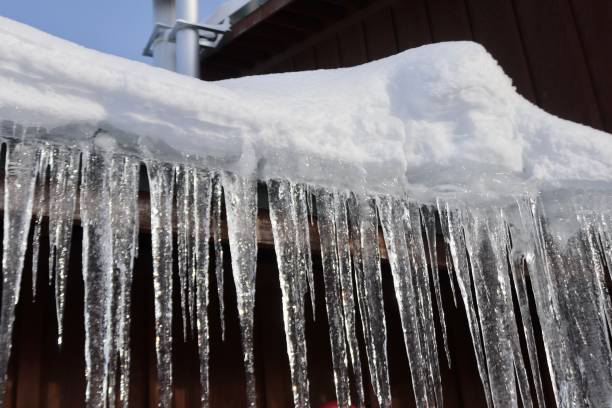What're your opinions about Prevent Frozen Pipes ?

Winter can damage your pipes, specifically by freezing pipelines. Below's exactly how to prevent it from taking place and what to do if it does.
Intro
As temperatures drop, the risk of frozen pipelines increases, potentially leading to costly repairs and water damage. Understanding how to prevent frozen pipes is critical for homeowners in cold environments.
Prevention Tips
Insulating at risk pipes
Cover pipes in insulation sleeves or use warmth tape to protect them from freezing temperature levels. Concentrate on pipes in unheated or exterior locations of the home.
Heating techniques
Keep indoor areas effectively warmed, specifically areas with plumbing. Open up cabinet doors to allow cozy air to circulate around pipelines under sinks.
How to identify icy pipelines
Search for reduced water circulation from faucets, unusual smells or noises from pipes, and visible frost on subjected pipes.
Long-Term Solutions
Structural changes
Take into consideration rerouting pipelines far from exterior wall surfaces or unheated locations. Include additional insulation to attics, cellars, and crawl spaces.
Upgrading insulation
Buy high-quality insulation for pipelines, attic rooms, and walls. Proper insulation aids preserve consistent temperature levels and lowers the threat of frozen pipes.
Securing Exterior Plumbing
Garden hoses and exterior faucets
Disconnect and drain pipes yard tubes prior to winter season. Set up frost-proof spigots or cover outdoor faucets with insulated caps.
Understanding Frozen Pipelines
What causes pipelines to freeze?
Pipelines freeze when exposed to temperatures listed below 32 ° F (0 ° C) for extended periods. As water inside the pipelines ices up, it expands, putting pressure on the pipe walls and possibly creating them to burst.
Dangers and damages
Frozen pipelines can lead to supply of water interruptions, residential property damage, and expensive repair services. Ruptured pipes can flood homes and create comprehensive structural damage.
Indications of Frozen Pipes
Determining frozen pipes early can avoid them from bursting.
What to Do If Your Pipelines Freeze
Immediate actions to take
If you presume frozen pipes, maintain taps available to alleviate pressure as the ice melts. Utilize a hairdryer or towels taken in warm water to thaw pipelines slowly.
Verdict
Avoiding frozen pipelines requires proactive procedures and fast responses. By comprehending the reasons, indications, and safety nets, house owners can safeguard their pipes throughout cold weather.
5 Ways to Prevent Frozen Pipes
Drain Outdoor Faucets and Disconnect Hoses
First, close the shut-off valve that controls the flow of water in the pipe to your outdoor faucet. Then, head outside to disconnect and drain your hose and open the outdoor faucet to allow the water to completely drain out of the line. Turn off the faucet when done. Finally, head back to the shut-off valve and drain the remaining water inside the pipe into a bucket or container. Additionally, if you have a home irrigation system, you should consider hiring an expert to clear the system of water each year.
Insulate Pipes
One of the best and most cost-effective methods for preventing frozen water pipes is to wrap your pipes with insulation. This is especially important for areas in your home that aren’t exposed to heat, such as an attic. We suggest using foam sleeves, which can typically be found at your local hardware store.
Keep Heat Running at 65
Your pipes are located inside your walls, and the temperature there is much colder than the rest of the house. To prevent your pipes from freezing, The Insurance Information Institute suggests that you keep your home heated to at least 65 degrees, even when traveling. You may want to invest in smart devices that can keep an eye on the temperature in your home while you’re away.
Leave Water Dripping
Moving water — even a small trickle — can prevent ice from forming inside your pipes. When freezing temps are imminent, start a drip of water from all faucets that serve exposed pipes. Leaving a few faucets running will also help relieve pressure inside the pipes and help prevent a rupture if the water inside freezes.
Open Cupboard Doors
Warm your kitchen and bathroom pipes by opening cupboards and vanities. You should also leave your interior doors ajar to help warm air circulate evenly throughout your home.

We are very fascinated by How to Prevent Your Pipes From Freezing and I'm hoping you enjoyed reading the entire piece. Liked our content? Please quickly share it. Help others discover it. Many thanks for your time. Return soon.
Book Service